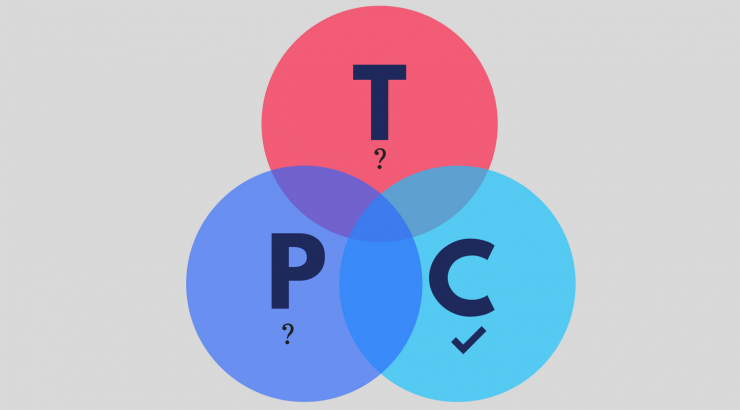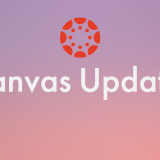
How do you pack your TPACK? The intersection of technology, pedagogy, and content knowledge for instructors
April 4, 2017
TPACK, meaning Technology, Pedagogy, and Content Knowledge, is an acronym brought to us by Mishra and Koehler’s (2006; 2009) studies on instructors’ abilities to combine their content knowledge with adequate knowledge of best pedagogies for teaching and best technologies to support learning.
Most instructors in higher education have not had the benefit of formal pedagogy and technology training. Although content knowledge has historically been considered adequate training for instructors in higher education, our ever-expanding information age no longer allows instructors this complacency. It’s important to find the best pedagogy for the content, and the best technology to support both the pedagogy and content. This video gives a brief introduction of TPACK:
To summarize the video, TPACK indicates that a teacher can find the best pedagogies to support the students’ content learning, such as group activities, Socratic methods, discussions, visual organizers, or direct instruction. Then, a teacher can find the best technologies to support both the pedagogical choice and the content. Packing your TPACK with the appropriate pedagogies and technologies for specific students requires an investment of time, trial, and error. Moreover, pedagogy and technology for teaching are not often explicitly introduced in typical graduate instruction. This means that an instructor will need to search out resources to meet these needs.
Whether you choose to use instructional and technological resources from your institution, online resources, or a personal learning network, now would be a great time to set some goals to pack your TPACK with knowledge of the best pedagogies and technologies to support the content and learning experience for your students.
Koehler, M. J., & Mishra, P. (2009). What is technological pedagogical content knowledge? Contemporary Issues in Technology and Teacher Education, 9(1), 60-70.
Mishra, P., & Koehler, M. J. (2006). Technological Pedagogical Content Knowledge: A framework for teacher knowledge. Teachers College Record, 108(6), 1017-1054. doi: 10.1111/j.1467-9620.2006.00684.x.

